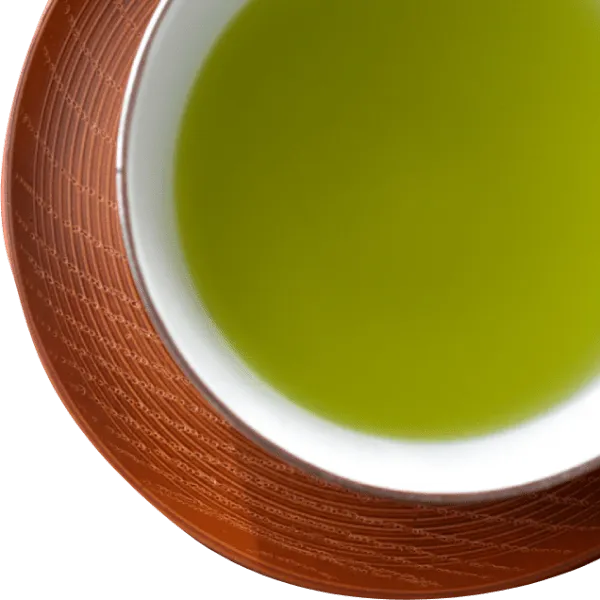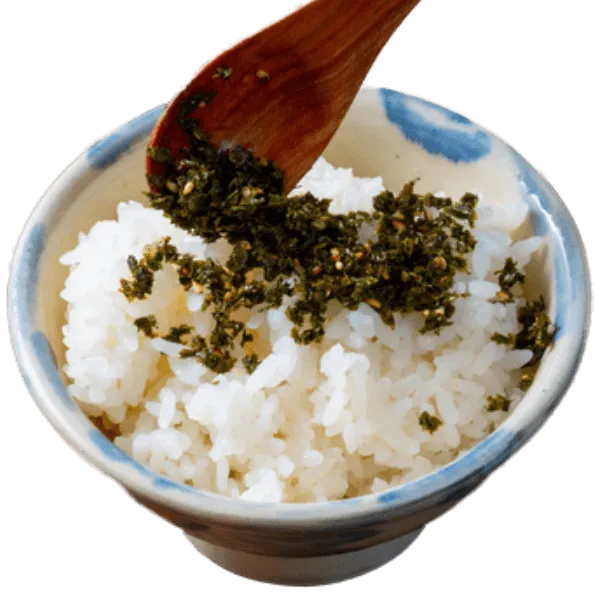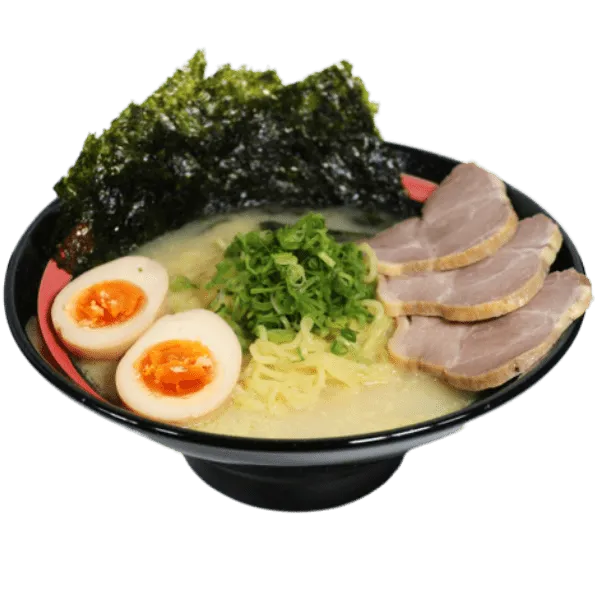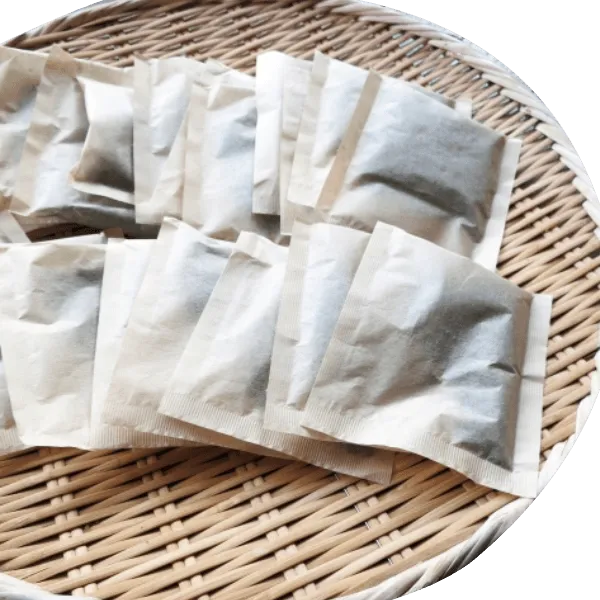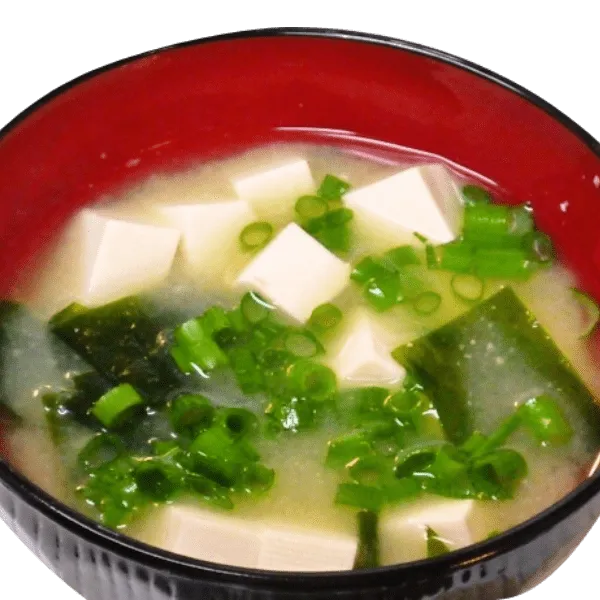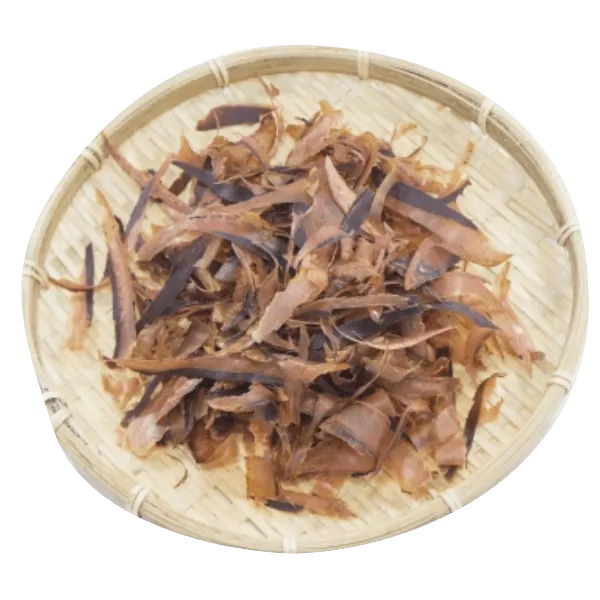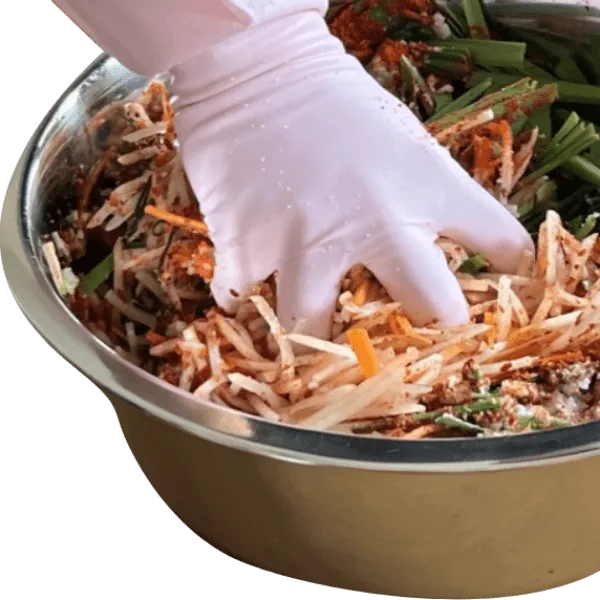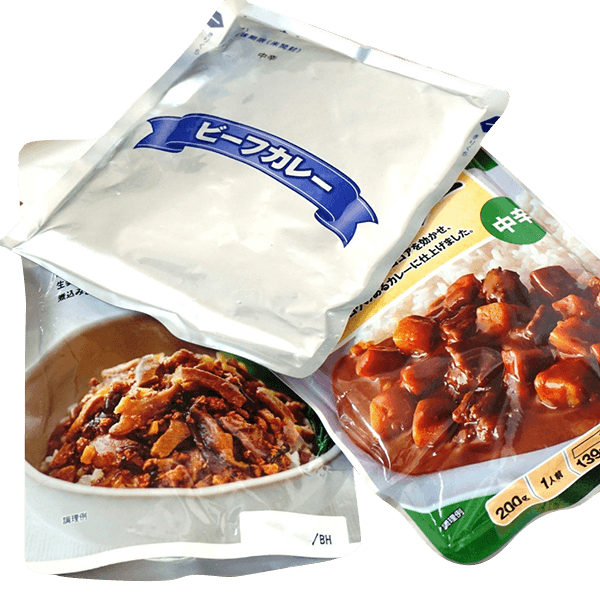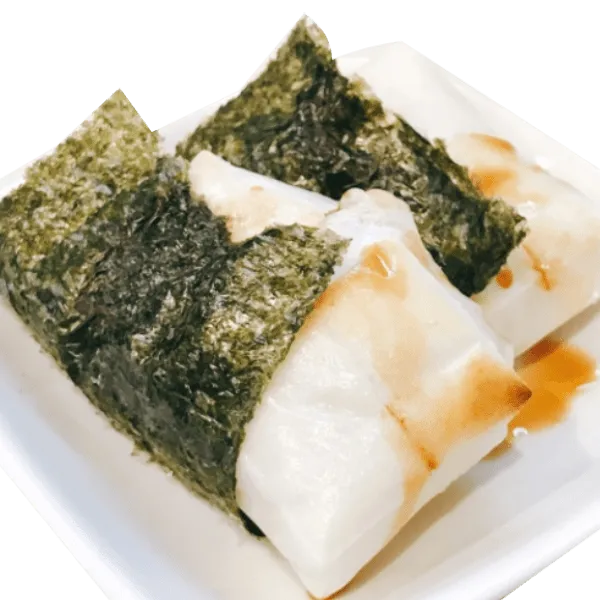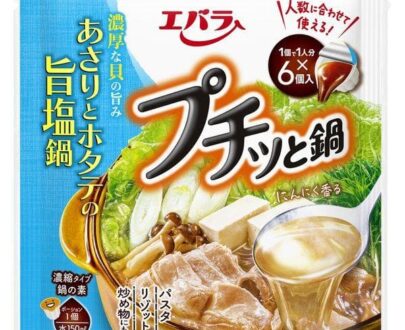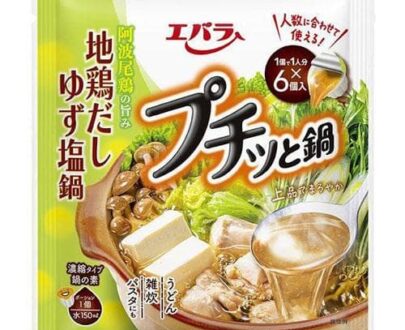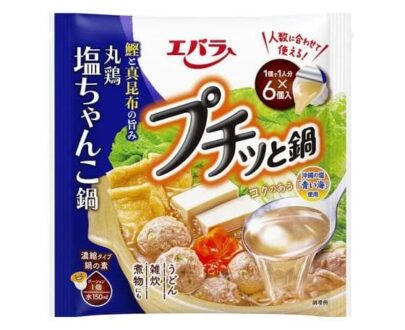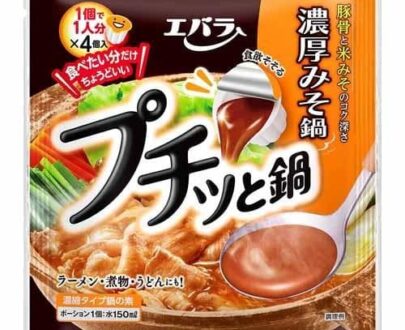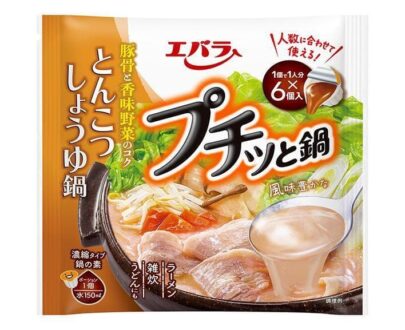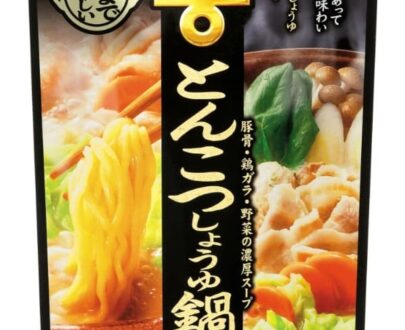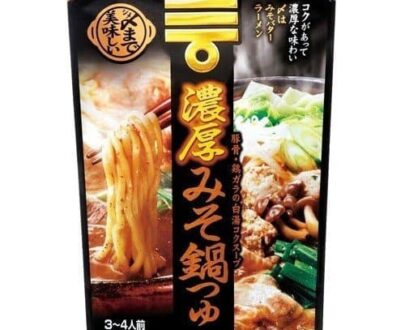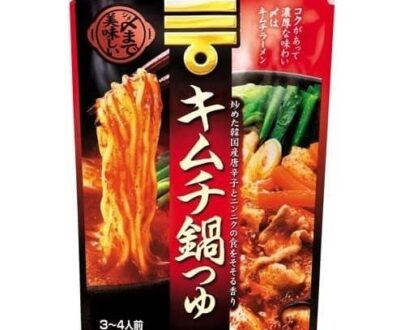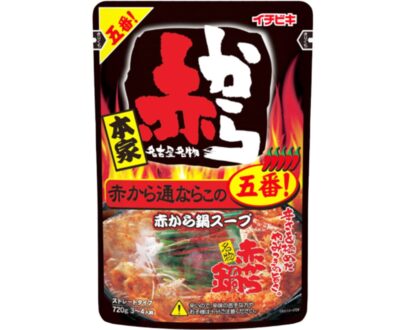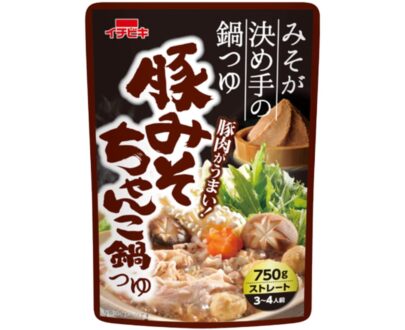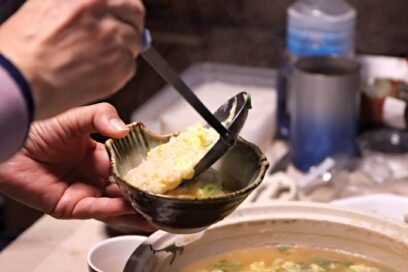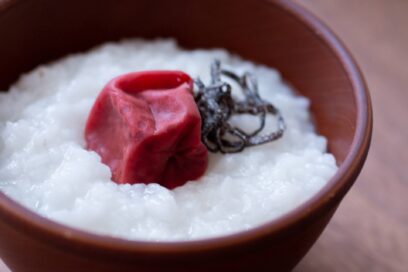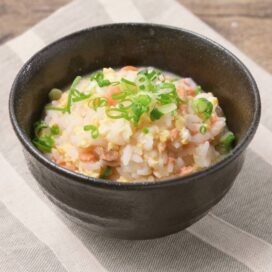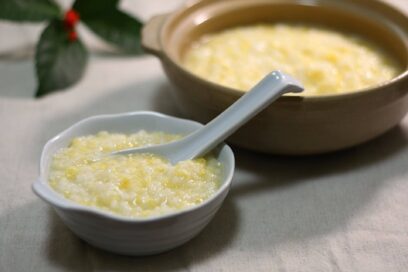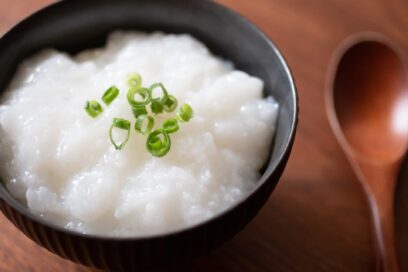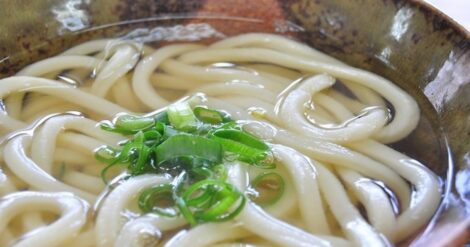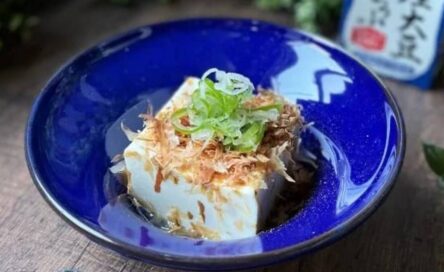- You have no items in your shopping cart
- Subtotal: $0.00
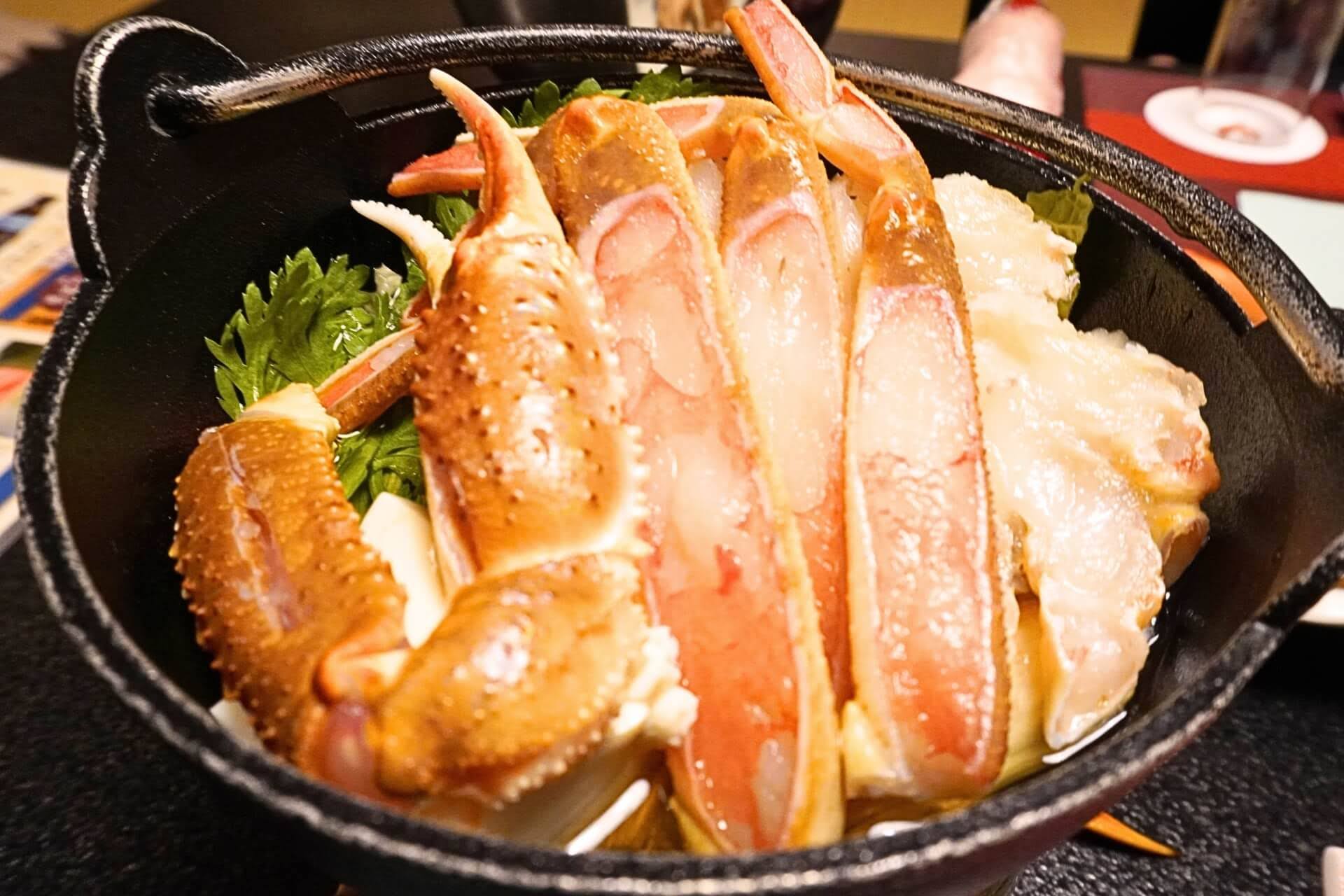
Discover the charm of Japanese nabe cuisine beyond the borders!
Are you longing to savor authentic Japanese nabe cuisine? Your search ends here! Join us on a journey through the heartwarming world of Japanese nabe, a culinary treasure locally known as “nabe,” and discover why it’s a culinary must-try.
Explore Nabe Culture
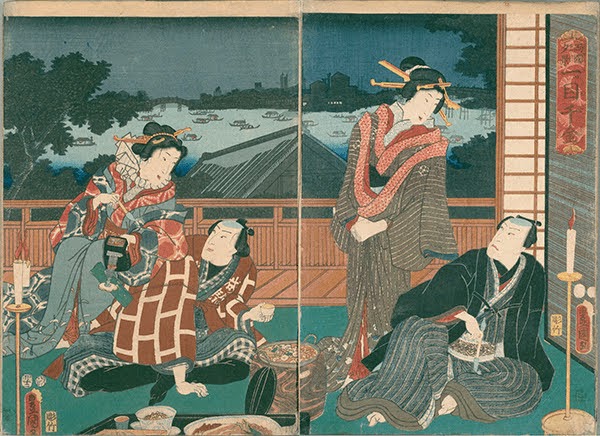
Discover the diverse landscape of nabe dishes that have evolved throughout Japan, reflecting regional flavors and cultural nuances. From sukiyaki to shabu-shabu, each nabe tells a unique story rooted in Japan’s rich culinary history.
🍲 Origins and Development of Japanese Nabe Cooking 🍲
Nabe cuisine in Japan originated from the culture of gathering together with friends to enjoy a warm meal during the cold winter season. Its origins date back to the Nara period (710-794) and exist in historical records as early as the Nara period (710-794). Nabe ryori, which flourished in cold regions, skillfully combined seasonal ingredients and regional specialties to create unique flavors.
🌸 The connection between nabe cuisine and the seasons 🌸
Japanese nabe cuisine is characterized by its emphasis on seasonality and the enjoyment of seasonal ingredients. You can enjoy the delicacies of each season: wild vegetables in spring, seafood in summer, mushrooms in autumn, and root vegetables and Chinese cabbage in winter.
🥢 Typical Japanese Nabe Dishes 🥢
Japanese Sukiyaki すき焼き: A Flavorful Hot Pot Delight
A sumptuous one-pot dish of beef, vegetables, and soy sauce-based sweet and spicy sauce.
With roots dating back to the 1860s, Sukiyaki’s popularity soared when Japan opened its ports to foreign influences. Initially influenced by foreign meat-eating culture, it evolved into a quintessential Japanese hot pot.
Key Ingredients
Beef: Thinly sliced for quick cooking.
Vegetables: Commonly includes Napa cabbage, shiitake mushrooms, and green onions.
Tofu: Adds a delightful texture.
Shirataki Noodles: Translucent noodles made from konjac yam.
Sukiyaki is known for its unique sauce combining soy sauce, sugar, and mirin, imparting a perfect blend of sweet and savory flavors to the ingredients.
Shabu-Shabu しゃぶしゃぶ: A Savory Japanese Hot Pot Experience
Shabu-Shabu is a popular Japanese hot pot featuring thinly sliced meat, fresh vegetables, and noodles, all cooked in a simmering broth. The name originates from the swishing sound made when swishing ingredients in the pot.
The traditional broth for Shabu-Shabu is a simple dashi made from kombu seaweed, enhancing the natural flavors of the meat and vegetables. The clear broth adds depth without overpowering the ingredients.
Key Ingredients
Key components include thinly sliced beef or pork, an array of fresh vegetables like Napa cabbage and shiitake mushrooms, tofu, and thin noodles. The variety of ingredients makes each bite a delightful experience.
Dipping Sauces
Shabu-Shabu is accompanied by dipping sauces, typically a savory sesame sauce or a citrus-based ponzu sauce, adding a burst of flavor to the cooked ingredients.
Chanko Nabe: A Hearty Sumo Wrestler’s Hot Pot(ちゃんこ鍋)
Chanko Nabe is a robust hot pot that originated from the diet of sumo wrestlers in Japan. This savory dish offers a unique glimpse into Japanese culinary culture, emphasizing nutrition, and communal dining.
The dish features a diverse mix of protein sources such as chicken, fish, and tofu, combined with an abundance of vegetables like Napa cabbage, mushrooms, and leeks. The combination creates a nutritious and well-balanced meal.
Sumo Tradition
Chanko Nabe has deep roots in sumo wrestling culture. Sumo stables, where wrestlers live and train, often prepare and share Chanko Nabe as a communal meal. It symbolizes unity, strength, and the importance of a wrestler’s physique.
Cooking Style
The preparation involves simmering the ingredients in a flavorful broth, often made from a soy sauce or miso base. Diners can customize the seasoning to their liking, enhancing the communal dining experience.
Health Benefits
Chanko Nabe is not only delicious but also considered a healthy option due to its balanced nutrition profile. The combination of protein, vegetables, and a nourishing broth contributes to a wholesome meal.
Dashi broth for making japanese one-pot meals
🍶 Socializing and family bonding over a potluck meal 🍶
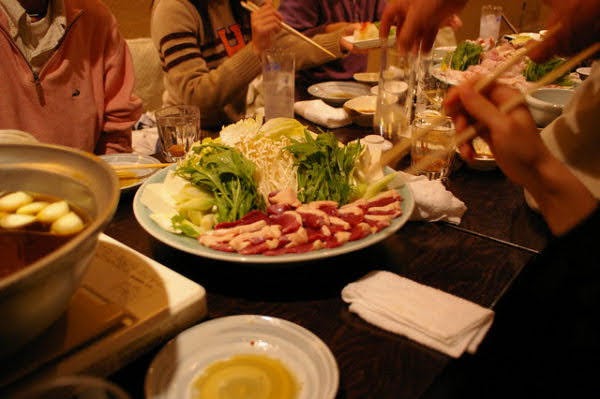
Eating around a nabe is an important moment for bonding with family and friends. Communally gathering around a nabe and chatting together plays an important role in Japanese food culture.
By cooking together around the same pot and adding ingredients together, friends and family members become closer and communication deepens.
The beauty of nabe cuisine is that the meal is not just about nourishment, but also about heartwarming social interaction.
Where you can taste a pot of bliss
Where to taste the best nabe in Japan? If you ever come to Japan, read on for tips on how to experience blissful nabe cuisine.
Nabe cuisine can be found all over Japan. I’ll be focusing on Tokyo in this issue! This is because Tokyo is a gathering place of delicacies from all over the country and a home to many different types of food restaurants!
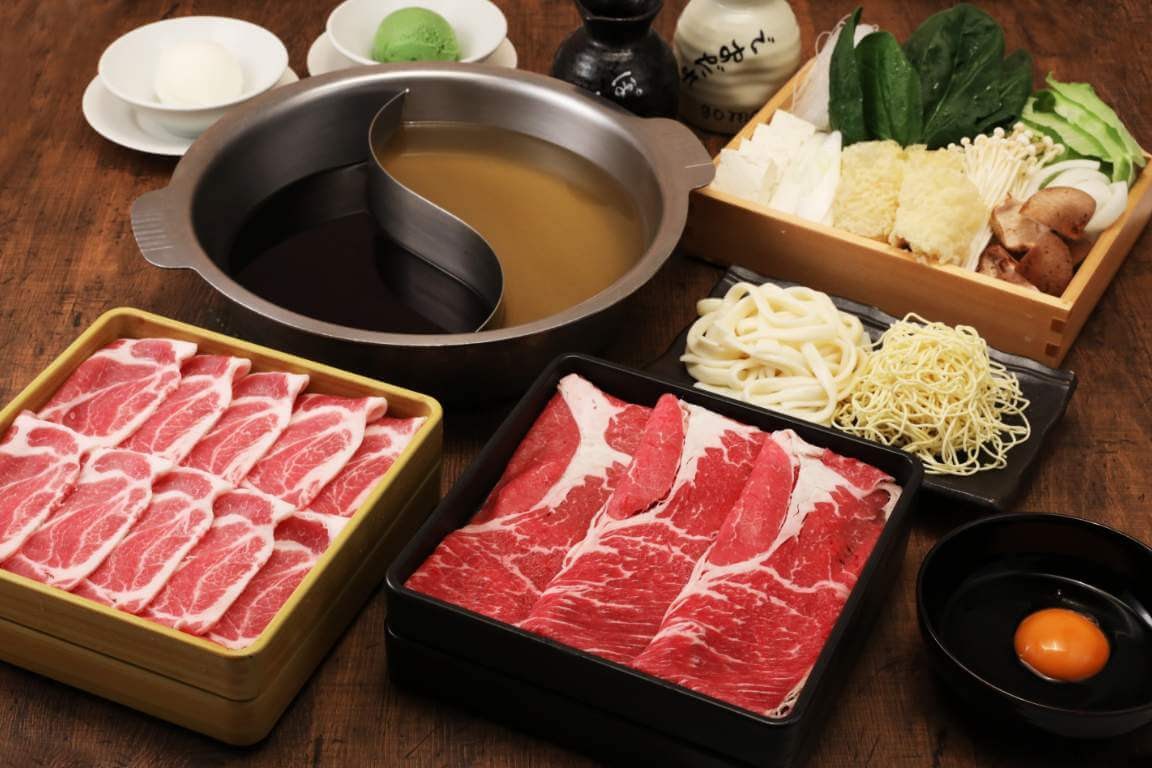
- Location: 3-12-12-12 Shinjuku, Shinjuku-ku, Tokyo
- Description: Popular nabe restaurant in Tokyo. Serves delicious shabu-shabu and sukiyaki.
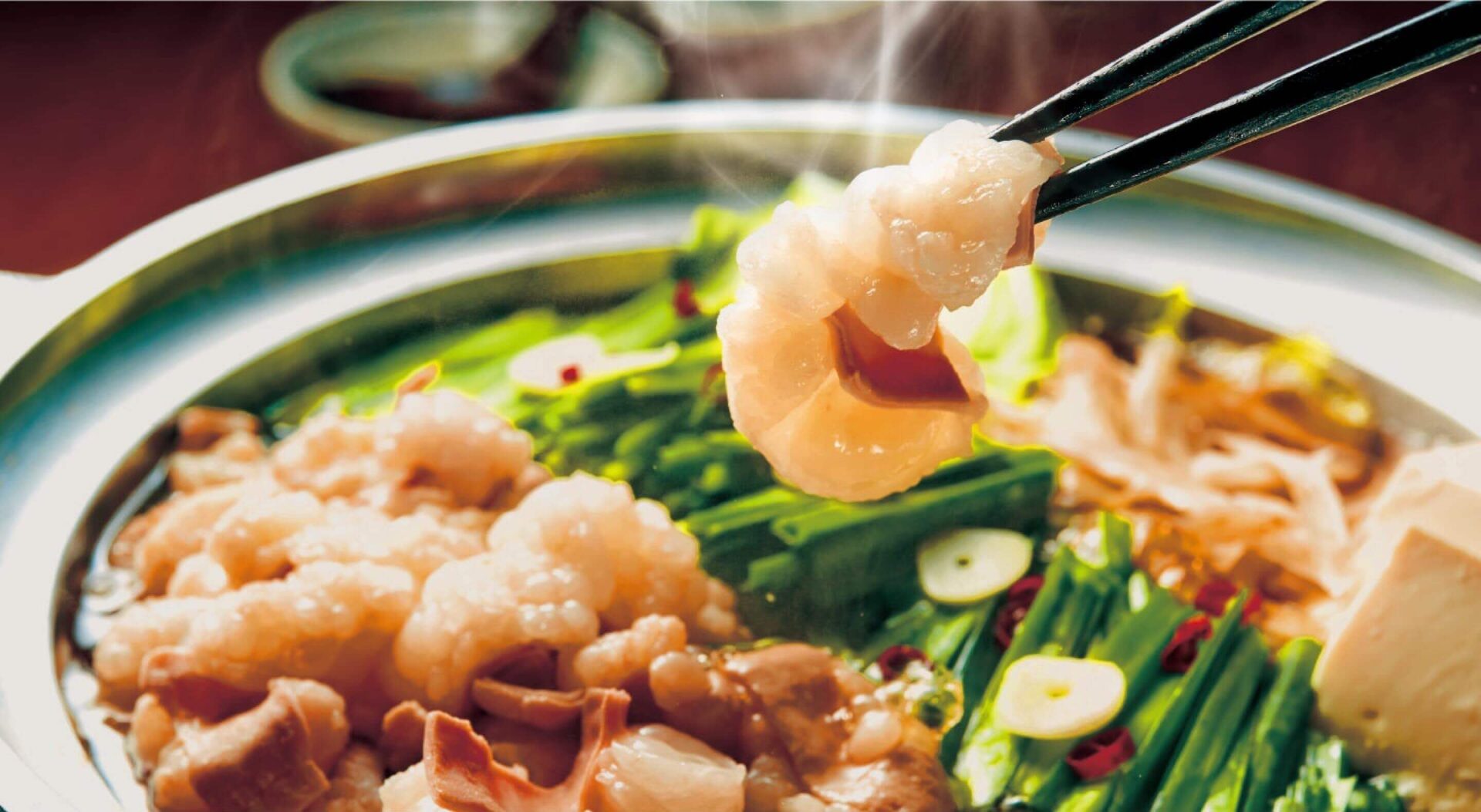
- Location: Marunouchi, Tokyo
- Description: Enjoy motsunabe (hot pot with vegetables) that originated in Kyushu. The Hakata motsunabe is exquisite.
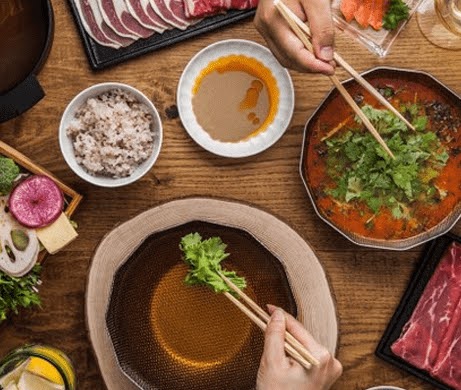
Location: 1-16-8 Dogenzaka, Shibuya-ku, Tokyo
Description: Shabu-shabu restaurant located in Shibuya Center Street. The quality meat and delicious broth are the main attractions.

- Location: Ginza, Tokyo
- Description: An established shabu-shabu restaurant in Ginza loved for over 20 years. The restaurant boasts fresh ingredients.

- Location: Ginza, Tokyo
- Description: An established shabu-shabu restaurant in Ginza loved for over 20 years. The restaurant boasts fresh ingredients.
Ideas for one-pot meals at home
Can’t get to a Japanese restaurant? Don’t worry! Here is a simple and delicious Japanese porridge recipe. Why not recreate Nabe in your own kitchen?
The unique combination of flavors, textures, and groupings make nabe dishes even more delicious.
We hope you will try making your own nabe dishes!
Taste Japanese hot pot in the comfort of your own home.
Try making Japanese nabe dishes at home! There are soup ingredients for nabe dishes available from various manufacturers. By using these, you can enjoy the taste of authentic nabe cuisine at home.
Many Japanese people make authentic nabe dishes using their favorite ingredients and these soup stocks! The taste is excellent!
Find your own favorite flavor!



